Nella morsa delle rotaie (1930) Online
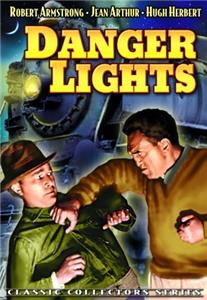
Head railroad man Dan is as ugly as he is honorable. When he spots a drifter who'd hopped a freight held up by a landslide, Dan offers the man a job; then he finds the man was a railroader, too, and takes him under his wing. Engaged to Mary, Dan doesn't notice the growing attraction between his protégé and his intended, but focuses instead on running the railroad.
| Complete credited cast: | |||
| Louis Wolheim | - | Dan Thorn | |
| Robert Armstrong | - | Larry Doyle | |
| Jean Arthur | - | Mary Ryan | |
| Hugh Herbert | - | Professor - the Hobo | |
| Frank Sheridan | - | Ed Ryan | |
| Robert Edeson | - | Tom Johnson - Engineer | |
| Alan Roscoe | - | Jim - General Manager | |
| William P. Burt | - | Chief Dispatcher | |
| Jim Farley | - | Joe Geraghty (as James Farley) |
Features rare footage of a tug of war between two steam locomotives, actual documentary footage of the activities in the Miles City yard, and what is believed to be the only motion picture footage of a dynamometer car from the steam railroad era.
This film was photographed and released in two formats: a standard 1.33:1 version in 35mm and a 2:1 Spoor-Berggren Natural Vision Process (wide-screen version) in 65mm, shown only at the the State Lake Theatre in Chicago, IL, in November 1930, and the Mayfair Theatre in New York City in December 1930.
In the 15 December 1930 New York Times review of the film, critic Mordaunt Hall wrote that the film was "pictured" in the Spoor-Berggren process, adding that it filled the screen from side to side of the Mayfair Theatre in New York City. Hall included a paragraph giving technical information about the wide-screen process.
The failure of the original copyright holder to renew the film's copyright resulted in it falling into public domain, meaning that virtually anyone could duplicate and sell a VHS/DVD copy of the film. Therefore, many of the versions of this film available on the market are either severely (and usually badly) edited and/or of extremely poor quality, having been duped from second- or third-generation (or more) copies of the film.
Enough 1930 Chicago buildings have survived to make it possible to reconstruct the train's filmed entrance to Chicago, coming in from the west on Milwaukee Road tracks at ground level, and making a sweeping right turn to parallel the west side of the Chicago River on final approach southbound into Union Station, passing by the loading docks of the curving Braun Bottles building and the massive Seng Terminal Warehouse, now gone. Much of what was open-air track in 1930 is now covered by high-rises such as the Boeing building.
This was not the only film with a climactic train entrance into Chicago. By a coincidence of geography, the large underpass traveled through before the train's right turn past the Seng Terminal Warehouse holds overhead tracks leading into Northwestern Station. It's on those tracks that about 45 years later, the Silver Streak (1976) would film its climactic approach shot into that station (described as Union Station in that film, but actually filming into Northwestern).
The railroad depicted in this film is the Chicago, Milwaukee, St. Paul and Pacific Railroad, simply known as the Milwaukee Road. At its peak, around the time of this film, it operated over 11,000 miles of track in the upper mid-west and northwest of the USA.
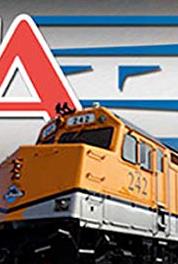
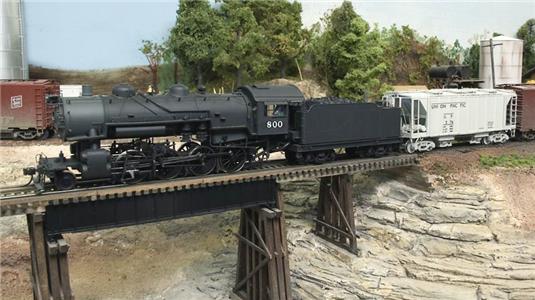


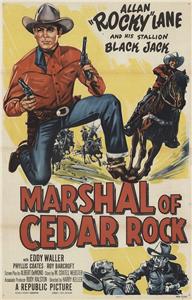

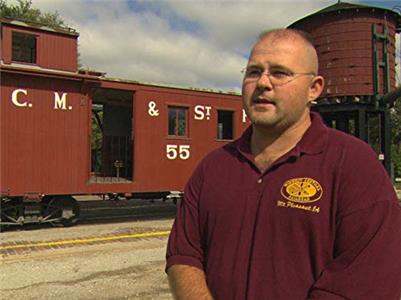
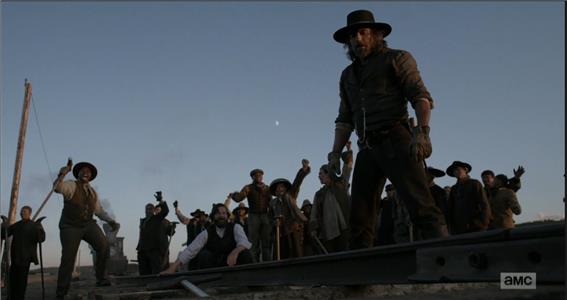
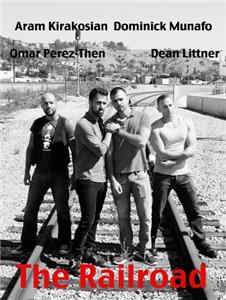
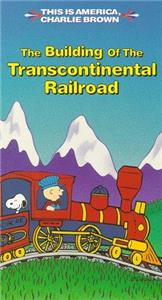
User reviews